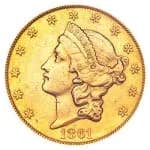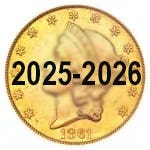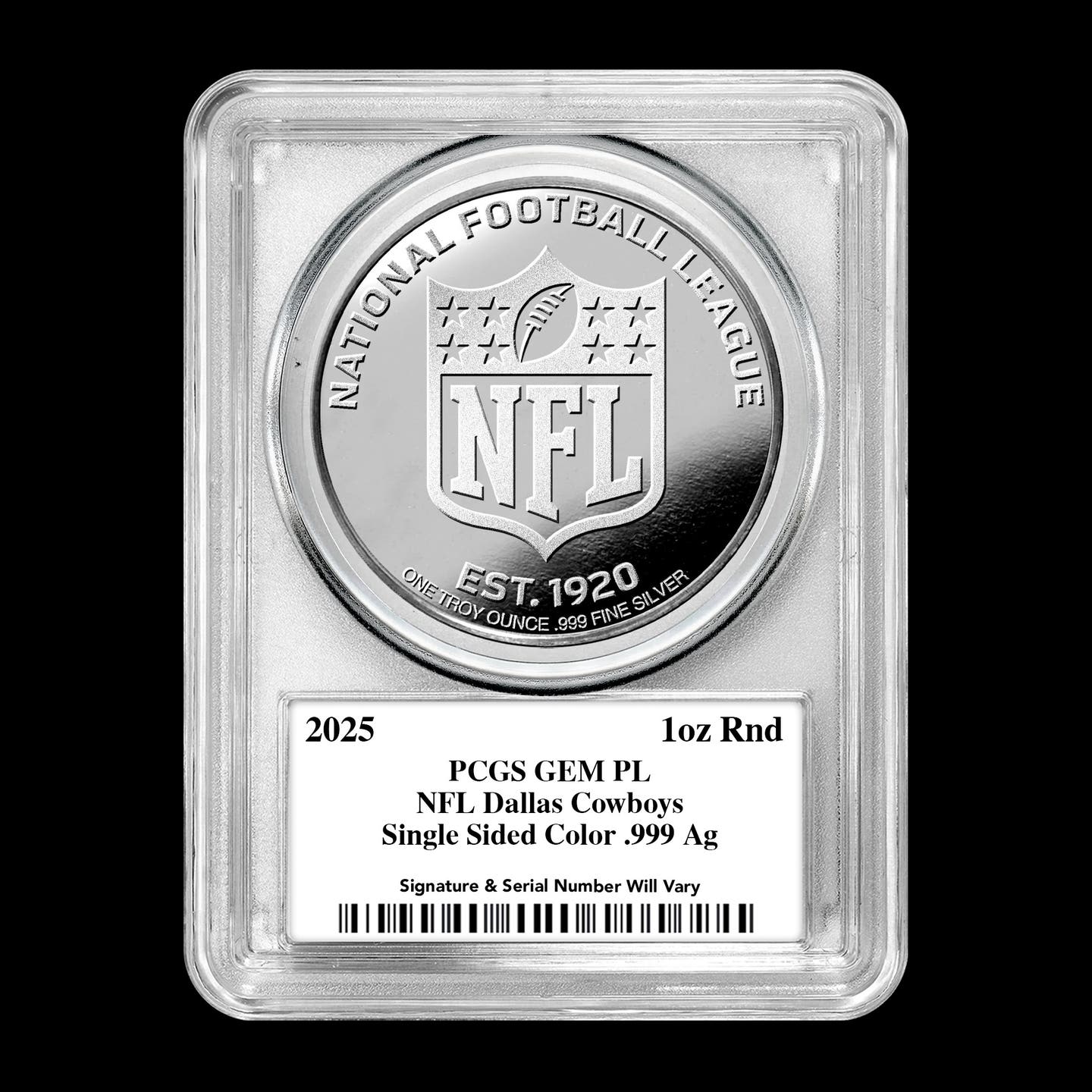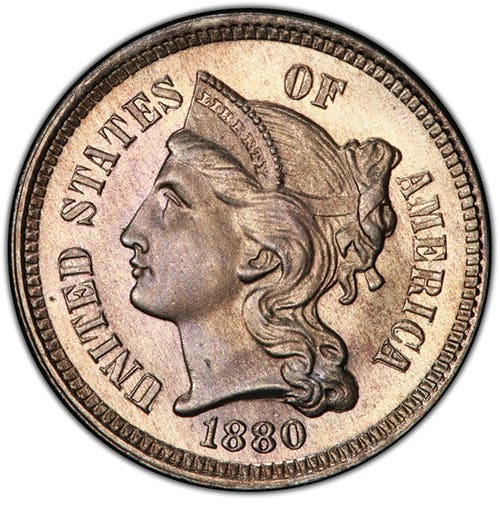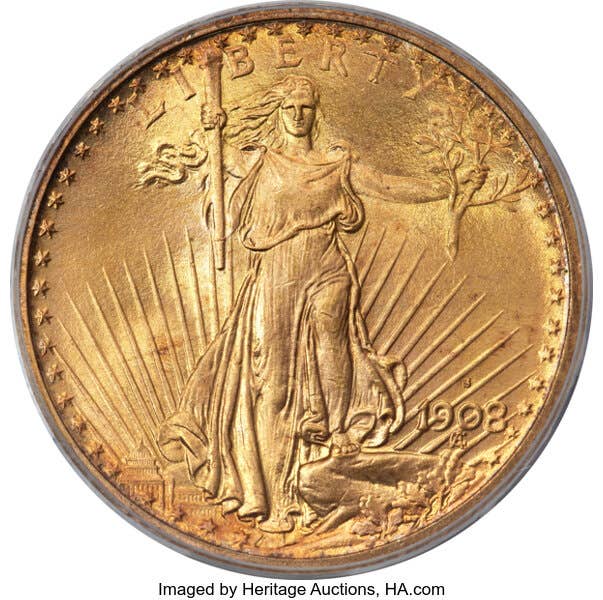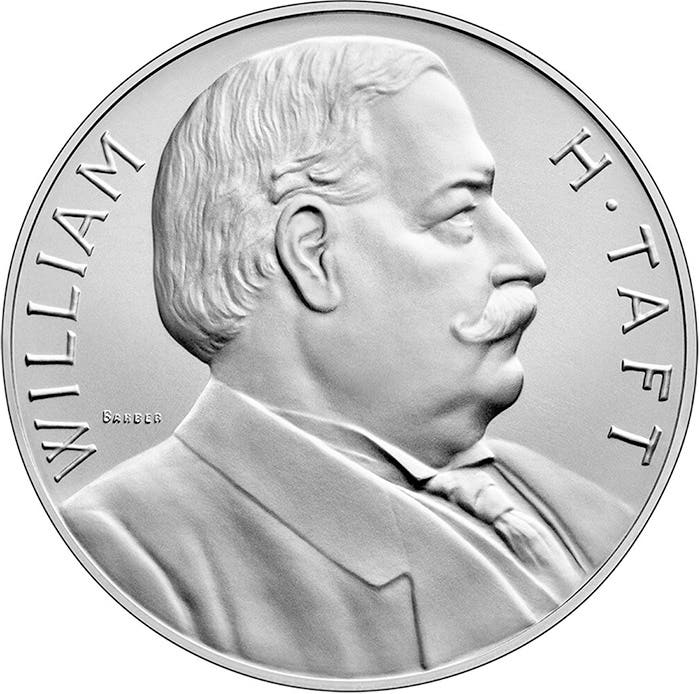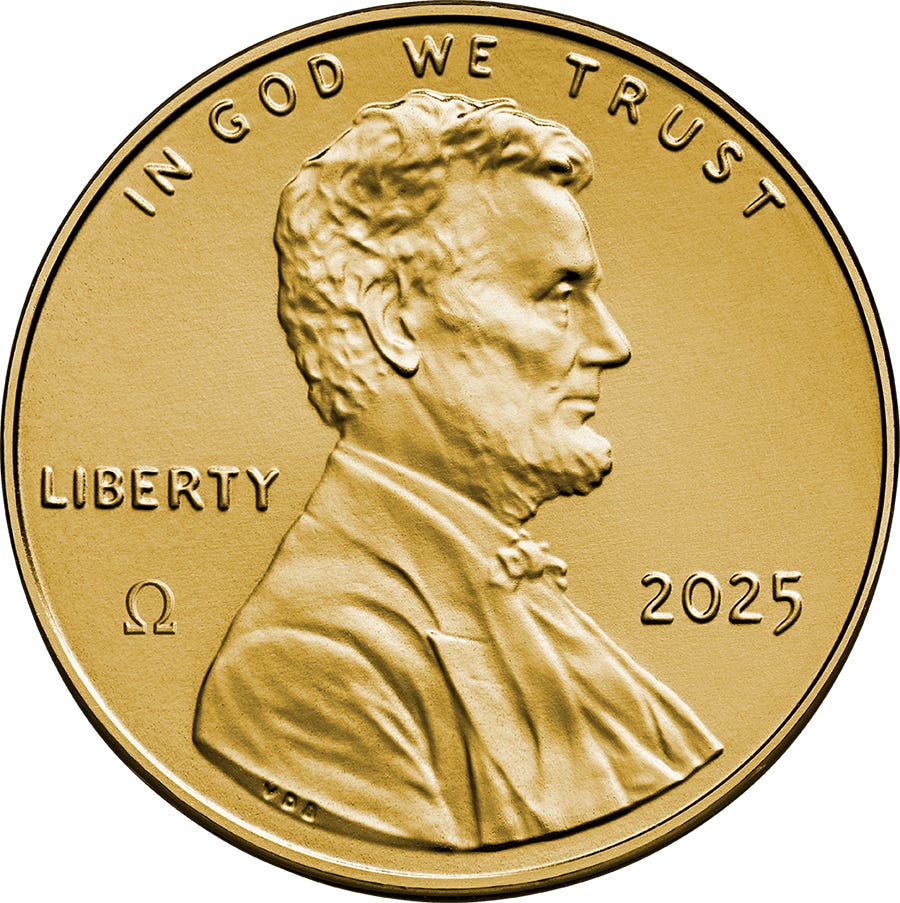Bingles are the Frontier Tokens with Big Numismatic Appeal
Once a tool of commerce, Alaska’s bingles are now prized pieces of exonumia history.
When most Americans reached for a coin purse in the early 20th century, they expected to find U.S. currency inside. However, in the remote outposts and canneries of Territorial Alaska, a different kind of coin circulated, one that was not issued by the federal government but by local businesses. These privately minted tokens, affectionately known as bingles, were more than a curiosity; they were the glue of a self-contained frontier economy.
What Is a Bingle?
In the simplest sense, a bingle was a merchant-issued token, often made of base metals like brass or aluminum, though some were made of fiber, plastic, or vulcanite. Most bingles were denominated in cents or dollars and stamped with the name of the issuing business, town, or even the employee's name or number. Their real value, however, lay in their purchasing power—redeemable only at the issuing merchant's store, saloon, or cannery.
For employers, this guaranteed that workers spent their earnings on-site, because canneries did not issue tokens that could be used just anywhere. Quite the opposite: Cannery-issued bingles were typically only redeemable at the issuing company's own commissary or store. This deliberate setup was often likened to the classic “company town” system. Companies ensured three things by paying workers in proprietary tokens instead of cash. First, workers spent their wages at the employer’s store, where prices were often higher than the current market rate. Secondly, money was circulated within the business, not in the broader local economy. And finally, their workers had limited mobility and spending power outside the camp or outpost. The system proved efficient for remote operations, but it was criticized as exploitative, much like the scrip system in the lower 48 states in the coal mining towns.
For consumers, it meant dependence on a single supplier. Using a merchant-issued bingle meant more than just a convenient substitute for cash. It meant participating in a closed-loop economy entirely controlled by the issuer. These tokens limited financial autonomy. Because they were only accepted at the business that issued them, consumers had no choice but to shop where the token held value, often at inflated prices or with limited variety. In remote areas, where alternative stores simply didn’t exist, this could create a form of economic dependency. For many, the system was less about convenience and more about control.
The Economy of Isolation
Alaska's territorial years (1867–1959) were defined by distance, harsh weather, and limited infrastructure. Remote towns and fishing outposts often had no banks and infrequent shipments of federal coinage. Merchant tokens filled the void.
Canneries, in particular, were prolific issuers of bingles. With seasonal labor forces, often made up of Indigenous Alaskans, Asian immigrants, and lower-48 workers, bingles simplified payroll logistics. Instead of issuing scarce or cumbersome cash, companies could pay workers in house tokens, usable at the camp commissary.
Who Issued Bingles?
While the majority of bingles were issued by canneries and merchants, especially those operating in isolated fishing camps or frontier outposts, they weren’t the only participants in the localized economy. Notable issuers include:
- Canneries/Packing Plants – In packing plants, workers were paid by the quantity they processed, often at fixed rates such as 5 cents per bushel. Tokens reflected this system, with some designated in unusual monetary values—like 1½, 3½, or 8 cents—while others were marked in units like bushels, baskets, pounds, or gallons to accommodate fluctuating market rates.
- Saloons and Roadhouses – Establishments like the Northern Commercial Company or the Gold Dust Saloon in Nome also issued trade tokens, which were often used for drinks, meals, or gambling.
- Government Programs – In an unusual twist, even the federal government got into the token game. During the Great Depression, the Alaska Rural Rehabilitation Corporation issued “bingles” to colonist farmers relocated to the Matanuska Valley as part of a New Deal resettlement effort. These aluminum tokens were used at colony stores and offered denominations ranging from 1¢ to $10. Though government-issued, they functioned much like private merchant tokens and are now a major subcategory of Alaskan exonumia.
In smaller communities, it wasn't uncommon for a single general store to be the economic center, making their tokens essential for residents and transient workers alike.
The use of bingles began tapering off in the mid-20th century. Several elements contributed to their decline. Among these factors were statehood, labor reforms, and the expansion of Federal banking. Alaska became a state in 1959. Statehood brought with it increased regulation and infrastructure, reducing the need for local scrip.
From Trade to Treasure
For exonumia collectors, Alaskan bingles are highly desirable. Their regional rarity, combined with the rich stories behind them, makes them an exonumist’s dream. They are particularly sought after by those interested in Western Americana, mining history, and labor history, as well as by collectors who specialize in company scrip or merchant tokens. For many, owning a bingle is like holding a small, tangible piece of Alaska’s rugged frontier past.
There are a number of factors that can influence the value or collectibility of an Alaskan bingle, including:
• Issuer and location – Tokens produced briefly or in remote or little-known towns, or those issued by short-lived canneries, are more desirable.
• Material – Unusual compositions such as vulcanite or plastic stand out from the more common brass and aluminum.
• Condition – As with most numismatic items, wear and corrosion can dramatically affect price.
• Provenance – Tokens tied to significant events, collections, or documented histories can command higher prices.
Today, collectors can find bingles at regional and national coin shows, where token specialists often stock a few hidden gems. Antique shops in Alaska and the Pacific Northwest occasionally turn up pieces from old local estates. Online auction platforms like eBay and major numismatic auction houses regularly feature them, though competition for rare examples can be fierce. However, although the very rare examples can be quite expensive, Alaskan tokens can be purchased for a reasonable sum—reason enough to start a collection.
For the most dedicated, joining token-collector organizations and forums can also lead to private trades, insider tips, and access to hard-to-find examples. Additionally, there are a number of books dedicated to Alaskan bingles. One very reliable resource is Alaska and Yukon Tokens: Private Coins of the Territories, written by Ronald J. Benice. This particular work lists and describes all known tokens that were used from the 1890s gold rush through 1959, and is well worth the price for Alaskan exonumia collectors.
Alaskan bingles remain more than just tokens of trade. For collectors and historians alike, each one offers a tangible connection to the lives, labor, and resilience of those who carved out a living in the last frontier. These small pieces of metal may no longer carry monetary value in the marketplace, but they are a small reminder of a very important part of industrial history.
You may also like:

